In my site nowadays I am seeking at the lifestyle and works of the nineteenth century Czech painter, Zdenka Rosalina Augusta Braunerová. Her views and life style affected numerous painters and writers, lots of of whom were being her close friends. She grew to become a patron of numerous artists, but she also supported folk art, specially in Moravian Slovakia and Horňácko. She was sleek and educated, and also really talented. She determined to devote her total life to painting and graphics and by no means regretted it. She practically married a number of occasions and nevertheless died unmarried. The lifestyle of this woman from a superior loved ones was unconventional, but surely fascinating.
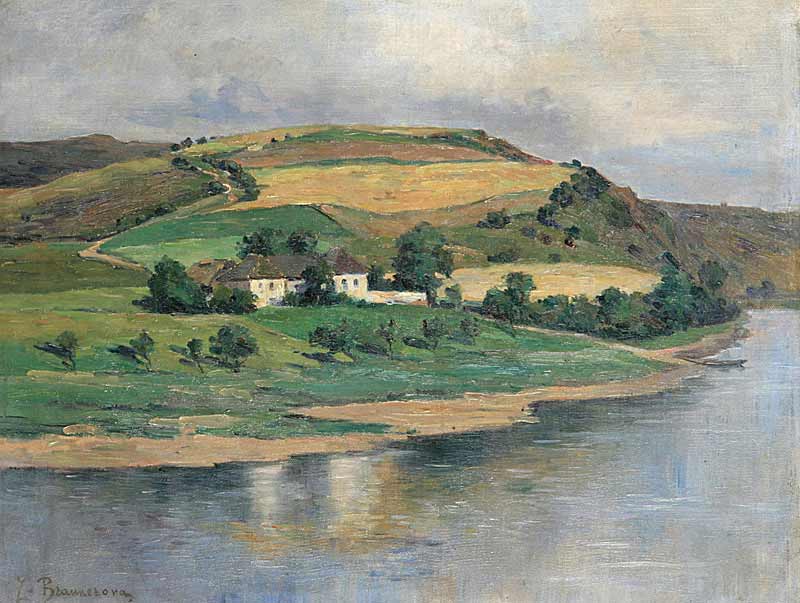
A Bend in the Vlatava River by Zdenka Braunerová
Zdenka was born in Prague on April 9th 1858 and was baptized as Zdislava Rosalina Augusta. She was born into a rich household and was the last of four small children of the properly-acknowledged Czech politician and prominent attorney, František August Brauner and his spouse Augusta, née Neumannová She experienced two more mature brothers, Vladamir and Bohuslav and an older sister, Anna. Zdenka showed curiosity in drawing and portray considering the fact that her childhood, when she put in extensive several hours in her children’s area, exactly where she used hours painting. She was inspired to paint by her mother, who was herself an beginner painter and who arrived from an previous noble household.
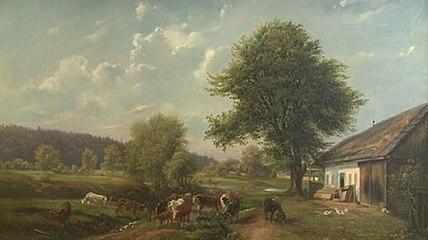
Check out at Brod by Amálie Mánesová,
Zdenka’s dad and mom even further encouraged their daughters curiosity in art and sent Zdenka to analyze with Amálie Mánesová, a talented landscape artist who ran a personal portray school for girls and girls from aristocratic and bourgeois people. This early artwork education and learning, like the instructing of youthful young children to enjoy a musical instrument, was popular for small children in households of identical position at that time. It was component of the stylish manner in which young women turned young ladies. Zdenka cherished to paint and draw so considerably so that her normal schoolwork endured and she been given mediocre grades for her faculty do the job. Notwithstanding this deterioration of her exam effects, Zdenka pressed on with her artwork tuition at a girls’ faculty, in which the director was the popular Czech painter, Soběslav Hipplolyt Pinkas.
One particular of her tutors was Antonin Chitussi, a Czech Impressionist landscape and cityscape painter, and he was unclear as to no matter if painting to Zdenka was merely a hobby and not a future job and, in real truth, Zdenka was also undecided as to regardless of whether portray or her singing would become a foreseeable future pathway. Antonín Chittussi was not only a single of her very first art academics, he was her initial appreciate and throughout her time with him she devoted herself largely to landscape painting. Chittussi introduced her to the complex tricks of drawing and painting, urging her to diligence, research nature and the proper selection of motifs. Zdenka wanted to move the romance with Chittussi to a further level, that of an equal union of two impartial artists who would inspire each individual other. This was a move too far for Chittussi and the partnership died.
Next the the demise of her father in 1880, Zdeňka commenced attending the Académie Colarossi in Paris. In this article her trainer was Francoise Courtoise, with whom she concentrated mainly on figurative and historic portray.
Élémir Bourges and the two Brauner sisters – 1883
Immediately after her sister Anne’s relationship to the French author Élémir Bourges, Zdenka adapted her way of life to her foreseeable future job as a painter. She usually travelled between Paris and Prague, however attending the Colarossi College and at the exact time wanting to be close to her mom back household in Prague.
Julius Zeyer
Yet another of her numerous associations came a few a long time later with a youthful poet, Julius Zeyer, an artist seventeen several years her junior, but possibly since of the age change, this was not a extensive-lasting liaison. An additional reason in accordance to some historians, was that Julius Zeyer was homosexual and his marriage with the really interesting Zdenka remained only platonic.
Vilém Mrštík
In the spring of 1894 in Oslavany, the thirty-one-yr-previous Czech playwright and literary critic Vilém Mrštík fulfilled thirty-six-12 months-old Zdenka Braunerová. She was five decades more mature than him, which was relatively peculiar as previously Vilém only experienced associations with substantially youthful gals. Mrštík basically perceived her as an old lady describing her as:
“…An appealing person, she has plenty of of the globe, ample of Prague, and with all the fireplace a woman approaching old virginity, but continue to sturdy and with the lush decoration of the former beauty…”
Brauner was equally scathing about Mrštík both, saying:
“….He is not pretty. The nose is plebeian, the eyes small, black, short-sighted with a stud, and the mouth with robust lips…”
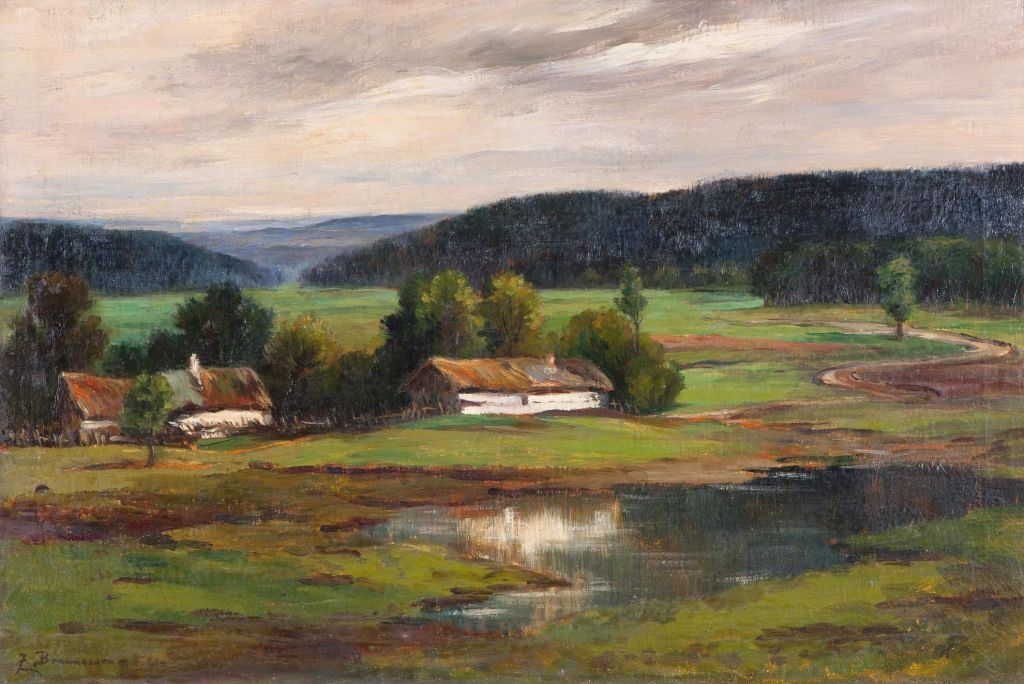
Landscape close to Tabor by Zdenka Braunerová.
Suprisingly, a marriage formulated among them. It was not an even marriage as Zdenka was careful at first and only regarded as friendship. But Mrštík, fell in really like with Zdenka and the “friendship” designed into a appreciate affair. The perfectly-educated Brauner was likely attracted to Mrštík by his goodness, earthiness and typically violent reactions. She tended to select males who have been painful, complex, and frustrated. Zdenka experienced a practice of seeking to secure, educate and variety adult males in her have way. She was manipulative and appeared on gentlemen as becoming persons she could mould into her best individual. This was not the foundation of a lengthy-long lasting marriage and was doomed. Nonetheless, she assumed Mrštík would be different. Mrštík was not the mental variety and as opposed to her, did not talk about art passionately. He was an earthy Moravian. To Zdenka, he even seemed naïve but this trait endeared him to her but the romantic relationship was doomed.
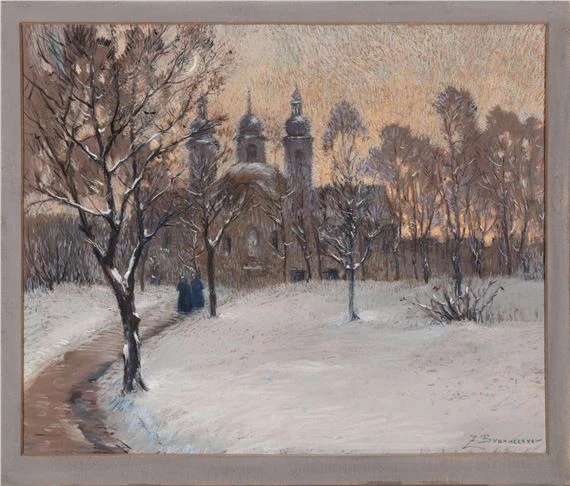
St Lawrence on Petrin Hill by Zdenka Braunerova
In early 1896, Mrštík even started to communicate about marriage and Zdenka agreed but they broke up in March 1897, just prior to the wedding ceremony, . They last but not least separated. Mrštík was convinced that he experienced fallen in adore with an thought and not the female. He turned quite bitter with the crack-up and in an ungentlemanly way he claimed different uncomfortable things about Zdenka – about her overripe old virginity and couple skills in the personal space. Zdenka, in switch, said that his crafting to be inferior. It was not an edifying ending to the affair
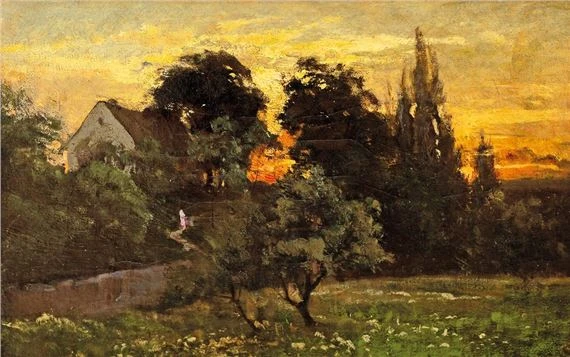
VEČERNÍ KRAJINA by Zdenka Braunerova
Although getting attended the private Collarossi Academy, she was not satisfied with the tuition and returned to her homeland. Zdenka was even now very fascinated and observed inspiration in French artwork, but even now retained the patriotism for her place. The extra time she spent in Paris the extra she skipped her homeland. In Paris, with her sense of patriotism, she would dance in Czech costume and sang Czech national tunes, and by carrying out so, she would shift nearer to the Czech society and art. This enjoy of her homeland influenced lots of French artists and assisted forge lasting friendships there. 1 this kind of artist who was swayed by Zdenka’s like of her homeland was Auguste Rodin who visited Bohemia and Moravia at her invitation in 1905.
Brauner’s Mill in Answers
Zdenka typically used time operating in a studio in Answers, a tiny city, west of Prague. Her studio was in the so-known as Brauner’s mill.
Zdenka Braunerová lived in Prague’s Lesser City in Všehrdova Avenue. She died there on May perhaps 23rd 1934, aged 76, and is buried in the Vyšehrad cemetery.


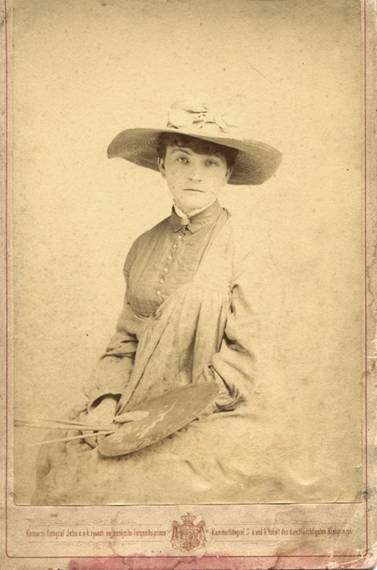
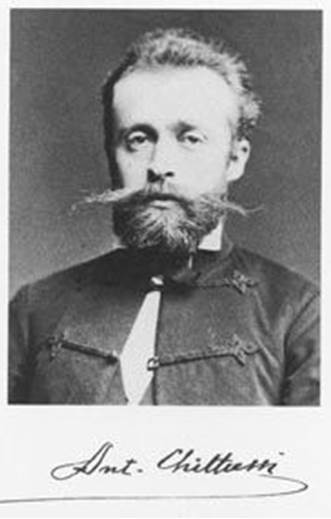
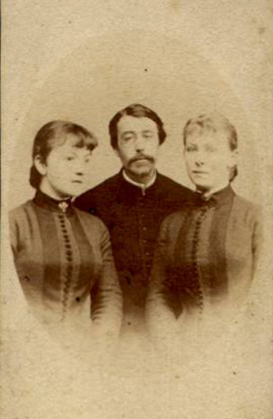

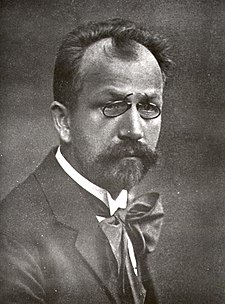
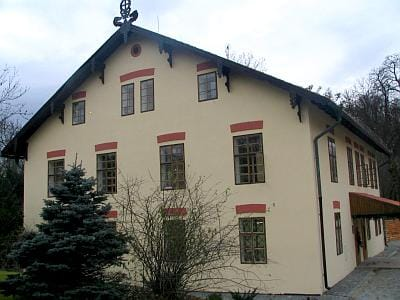
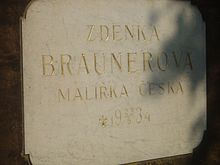




More Stories
Chinese Zodiac Signs
There’s A Pecan On My Desk
The Most Colossal Collection of Shakespeare Memorabilia